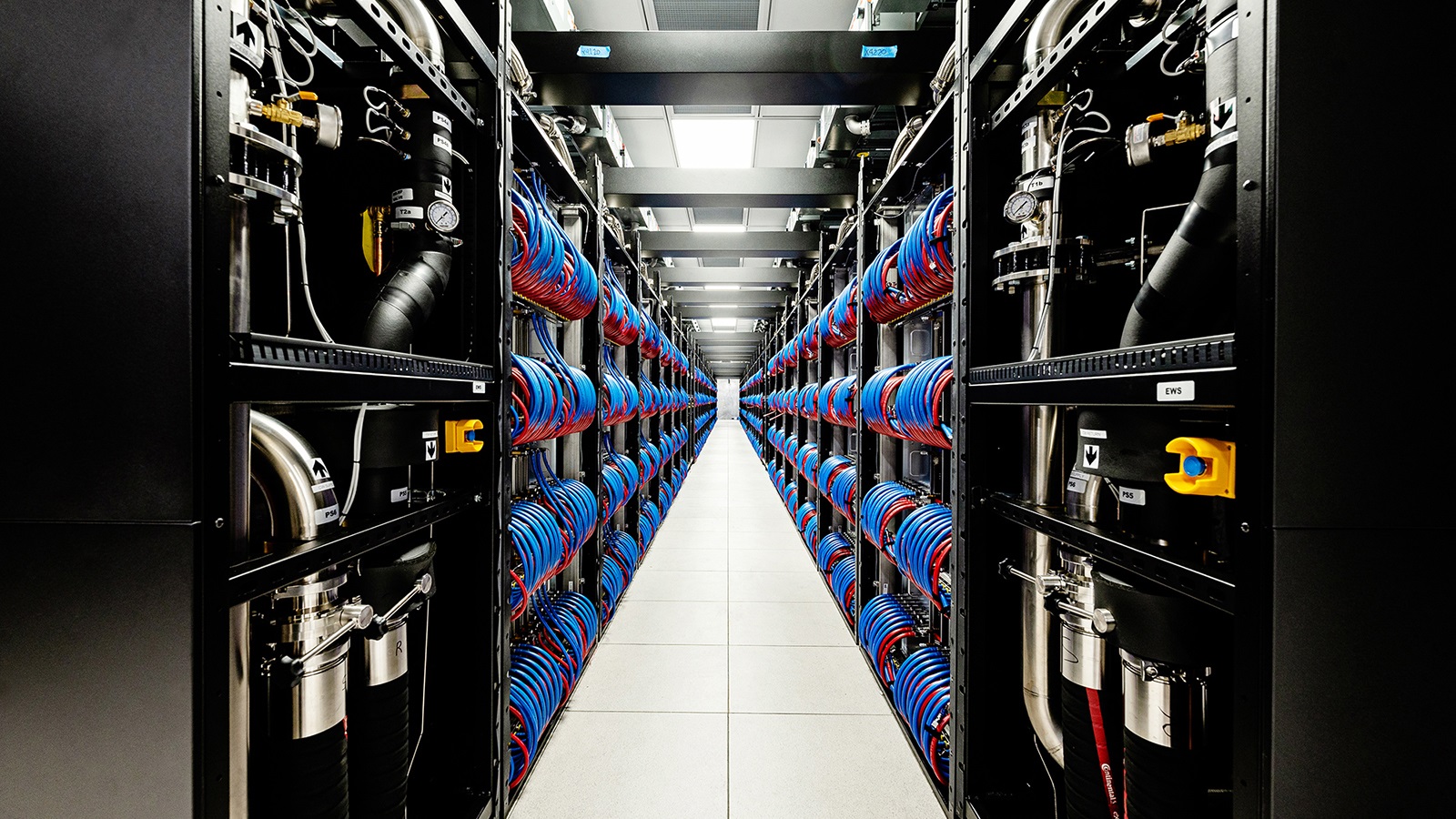Dr. Gary Zank, CSPAR director and the Aerojet Rocketdyne chair of the UAH Department of Space Science, is an IMAP mission co-investigator and theory lead.
The mission to study the interaction of the solar wind with the ancient cast-off winds of other stars, and the fundamental process of particle acceleration in space, completed a critical NASA Key Decision Point-B review on Jan. 28 which allows the IMAP team to move forward with preliminary design work on the mission, spacecraft and instruments, referred to as Phase B. Phase B officially began on Jan. 28.
“This is a big milestone for the IMAP mission as we move out of the architecting phase into the design phase,” said David McComas, IMAP principal investigator and Princeton University vice president for the Princeton Plasma Physics Laboratory. “IMAP is a critical new mission of exploration and discovery about the heliosphere — our home in space — and this is a critical step forward in it.”
A focus for IMAP is to explore the very boundaries of the heliosphere – the space filled with plasma from the sun that envelops all the planets of the solar system – to interstellar space. Here the outpouring of solar material collides with the local interstellar medium that fills the space surrounding the heliosphere. This interaction forms a critical barrier for high-energy cosmic rays, at a distance of about 10 billion miles from the sun.
“The primary mission for IMAP is to explore and discover more about the boundaries of the region separating the solar wind from the local interstellar mission,” says Dr. Zank, a member of the National Academy of Sciences. “This is the region that is being investigated by the Voyager 1 and 2 spacecraft in situ and remotely by the IBEX mission, on which I’m also a co-investigator.”
From the vicinity of Earth, IMAP will investigate these regions remotely.
“It will use energetic atom instrumentation that is of unparalleled fidelity and cadence and range of energies,” says Dr. Zank. “This will open up regions of the energy spectrum that have not been explored. And of course, whenever you begin to explore energy regions that have not yet been investigated, invariably surprising discoveries emerge.”
The IMAP instrumentation will reveal the detailed physics underlying the interaction of very distant solar wind with the encroaching interstellar medium across the entire sky, he says, unlike Voyager 1 and 2 that take just two one-dimensional cuts through a very complex system of boundaries.
“The second part of the mission is critical to both the larger mission of exploring the interaction boundary regions and continually monitoring the state of the solar wind near the Earth,” Dr. Zank says.
“Since we need to know the solar wind conditions well in order to interpret energetic neutral observations at the spacecraft, we need to measure the plasma and magnetic properties of the solar wind,” he says. “However, these same measurements are critical to our basic understanding of the physics of the solar wind, including plasma populations created or found near the Earth that are of interstellar origin, such as cosmic rays and so-called pickup ions.”
IMAP will examine the fundamental processes that accelerate particles throughout the heliosphere and beyond; the resulting energetic particles and cosmic rays can harm astronauts and space-based technologies. Both cosmic rays and pickup ions will be studied in great detail with very advanced instrumentation, Dr. Zank says.
During Phase A of the IMAP mission, scientists and engineers reviewed and finalized plans for the 10 scientific instruments, seven of which will directly sample matter from the interstellar medium that reaches Earth’s vicinity. These samples include not only interstellar neutral atoms and ions picked up and accelerated by the solar wind, but also dust particles of interstellar origin.
By studying the nature of the interaction of solar and stellar winds, IMAP will join a fleet of NASA heliophysics missions seeking to understand how the sun affects the space environment near Earth and across the solar system. Heliophysics spacecraft studying the sun, near-Earth space and the boundaries of the heliosphere form a system observatory. Understanding the basic fundamental processes that govern our neighborhood in space continues to build a foundation for prediction of Earth’s and the solar system’s space weather.
“The continual measurement of solar wind properties is a crucial ingredient in understanding space weather, which is the impact that the solar wind and sun have on the Earth,” Dr. Zank says. “So, the IMAP mission will serve also as a monitor of solar wind conditions and thereby further both our understanding and even act as warning beacon for incipient space weather conditions.”
Dr. Zank’s CSPAR team at UAH will perform a central role in interpreting and modeling IMAP’s observations and UAH will be heavily engaged in exploring the data stream from the craft.
In addition to maturing the design of the mission, IMAP’s Phase B will encompass the construction of subassemblies and instrument elements and the choice of additional hardware and subsystem partners and vendors. IMAP was selected following a competitive peer review of proposals submitted in late 2017. The mission is cost-capped at $564 million, excluding cost for the launch vehicle.
The mission, which includes 24 universities and other institutions from across the country and around the world, is led by Principal Investigator David J. McComas of Princeton University. The Johns Hopkins Applied Physics Laboratory in Laurel, Md., leads the design, builds the spacecraft and one of the instruments, and also manages the mission.
IMAP is the fifth mission in NASA’s Solar Terrestrial Probes (STP) Program portfolio. The Heliophysics Program Office at NASA’s Goddard Space Flight Center in Greenbelt, Md., manages the STP Program for the agency’s Heliophysics Division of NASA’s Science Mission Directorate in Washington.
About The University of Alabama in Huntsville
A university launched from America’s quest to conquer space, The University of Alabama in Huntsville is one of America’s premier doctoral-granting, research-intensive universities. Located in second largest research park in the United States, UAH has robust capabilities in astrophysics, cybersecurity, data analytics, logistics and supply chain management, optical systems and engineering, reliability and failure analysis, rotorcraft and unmanned systems, severe weather, space propulsion, and more. UAH prepares students for demanding positions in engineering, the sciences, business, nursing, education, the arts, humanities, and social sciences.
Original post https://alertarticles.info




